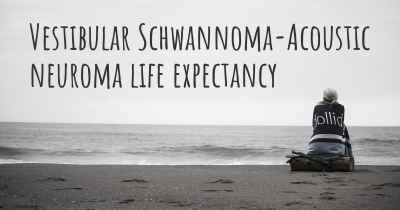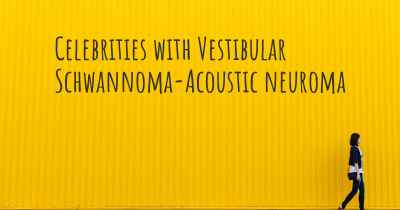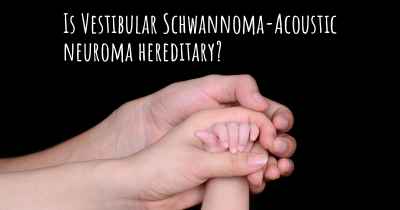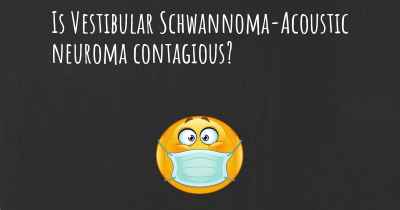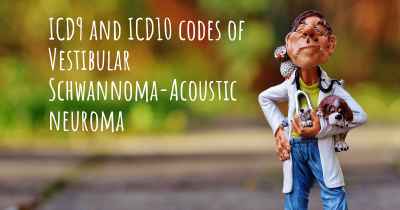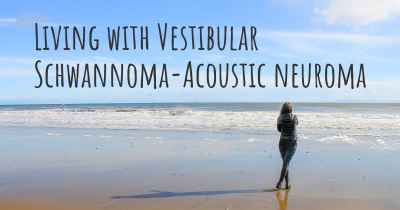What is the history of Vestibular Schwannoma-Acoustic neuroma?
When was Vestibular Schwannoma-Acoustic neuroma discovered? What is the story of this discovery? Was it coincidence or not?
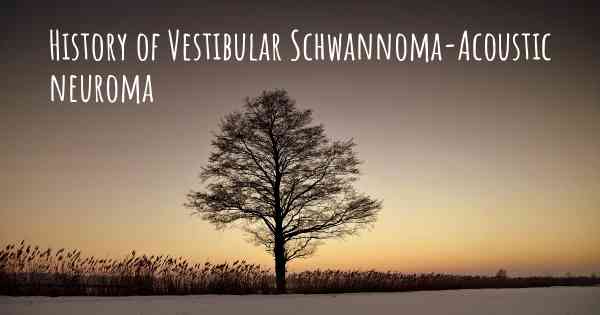
Vestibular Schwannoma, also known as Acoustic neuroma, is a benign tumor that develops on the vestibular nerve, which connects the inner ear to the brain. This slow-growing tumor arises from Schwann cells, which are responsible for the myelination of nerve fibers. Vestibular Schwannoma is a relatively rare condition, accounting for approximately 6-8% of all intracranial tumors.
Historical Background:
The history of Vestibular Schwannoma dates back to the early 19th century when it was first described by Scottish surgeon Sir Charles Bell in 1830. Bell observed a series of patients with hearing loss and balance problems, and he hypothesized that these symptoms were caused by a tumor originating from the eighth cranial nerve.
Over the years, advancements in medical technology and diagnostic techniques have significantly improved our understanding of Vestibular Schwannoma. In the late 19th century, the introduction of the otoscope allowed physicians to visualize the ear canal and tympanic membrane, aiding in the diagnosis of middle ear pathologies. However, the diagnosis of Vestibular Schwannoma remained challenging due to its location deep within the internal auditory canal.
Diagnostic Advancements:
In the early 20th century, X-rays became a valuable tool in diagnosing Vestibular Schwannoma. By injecting a contrast medium into the cerebrospinal fluid, physicians could visualize the tumor on X-ray images. However, this technique had limitations, as it required invasive procedures and had a relatively low sensitivity.
The introduction of computed tomography (CT) in the 1970s revolutionized the diagnosis of Vestibular Schwannoma. CT scans provided detailed cross-sectional images of the brain, allowing for better visualization of the tumor. This non-invasive technique significantly improved the detection rate and accuracy of diagnosis.
Treatment Approaches:
Historically, the treatment of Vestibular Schwannoma was primarily surgical. The first surgical removal of a Vestibular Schwannoma was performed by Harvey Cushing in 1917. Cushing's approach involved a large craniotomy to access the tumor, which often resulted in significant morbidity and mortality.
In the 1960s, the advent of the operating microscope revolutionized surgical techniques for Vestibular Schwannoma. Microsurgical resection became the gold standard treatment, allowing for more precise tumor removal and preservation of surrounding structures. However, surgery still carried risks, including facial nerve damage, hearing loss, and cerebrospinal fluid leakage.
Emergence of Radiation Therapy:
In the 1960s, stereotactic radiosurgery emerged as an alternative treatment modality for Vestibular Schwannoma. This non-invasive technique delivers a high dose of radiation precisely to the tumor, while minimizing radiation exposure to surrounding healthy tissues. The Gamma Knife, developed by Swedish neurosurgeon Lars Leksell, was one of the first radiosurgical devices used for Vestibular Schwannoma treatment.
Over the years, various radiation therapy techniques, such as fractionated stereotactic radiotherapy and intensity-modulated radiotherapy, have been developed to further improve treatment outcomes. These techniques offer a viable option for patients who are not suitable candidates for surgery or prefer a non-invasive approach.
Current Management:
Today, the management of Vestibular Schwannoma involves a multidisciplinary approach, considering factors such as tumor size, patient age, hearing status, and overall health. Treatment options include observation, microsurgical resection, and radiation therapy.
Observation, also known as watchful waiting, is often recommended for small tumors or in elderly patients with comorbidities. Regular monitoring with imaging studies allows physicians to assess tumor growth and make informed decisions regarding further treatment.
Microsurgical resection remains the primary treatment for larger tumors or those causing significant symptoms. Advances in surgical techniques, such as intraoperative monitoring and facial nerve preservation, have improved surgical outcomes and reduced complications.
Radiation therapy, including stereotactic radiosurgery and fractionated radiotherapy, is an effective treatment option for patients who are not suitable candidates for surgery or prefer a non-invasive approach. These techniques offer excellent tumor control rates while preserving neurological function.
Conclusion:
The history of Vestibular Schwannoma has witnessed significant advancements in diagnostic techniques and treatment modalities. From the early descriptions by Sir Charles Bell to the development of modern surgical and radiation therapies, the management of Vestibular Schwannoma has evolved to provide better outcomes and improved quality of life for patients.
